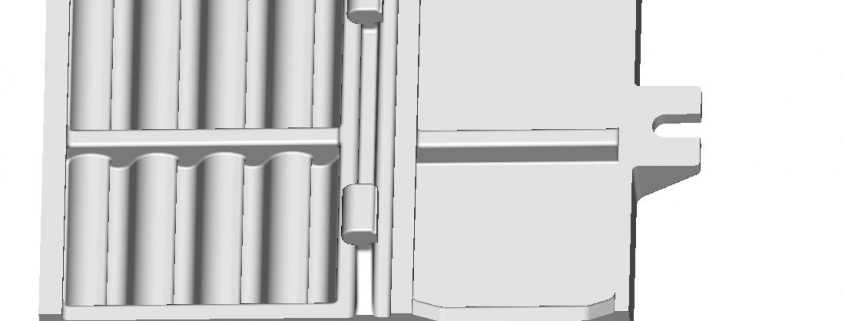The sand casting process is a casting method in which sand is used as a main molding material to prepare a mold. Sand casting is the most traditional casting method. Due to the characteristics of sand casting (not limited by the shape, size and alloy type, short production cycle and low cost), sand casting is still the most widely used casting method in casting production, especially single or small. Batch casting.
Advantages and disadvantages of sand casting process
Advantage:
1. Clay is rich in resources and cheap. Most of the used clay wet sand can be recycled after proper sand treatment;
2. The cycle for manufacturing the mold is short and the work efficiency is high;
3. Mixed sand can be used for a long time;
4. Adaptability is very wide. Small pieces, large pieces, simple pieces, complicated parts, single pieces, large quantities can be used;
Disadvantages:
1. Because each sand mold can only be cast-times, the mold is damaged after obtaining the casting, and must be reshaped, so the production efficiency of sand casting is low;
2. The rigidity of the molding machine mold is not high, and the dimensional accuracy of the casting is poor;
3. Castings are prone to defects such as sand washing, sand inclusion, and porosity.
Sand casting process
The basic process of the traditional sand casting process has the following steps: sand mixing, molding, core making, molding, pouring, falling sand, grinding processing, inspection and other steps.
1. In the sand mixing stage, the sand and core sand are prepared for the modeling. Generally, the sand mixer is used to put the old figure and the appropriate amount of clay to stir.
2. Mold stage, according to the parts drawings to make molds and core boxes, generally single pieces can be used to produce plastic molds or metal molds (commonly known as iron molds or steel molds) using wood molds, mass production, large-scale castings can be used to make models. Nowadays, the molds are basically made of engraving machines, so the production cycle is greatly shortened, and the molding generally takes 2 to 10 days.
3. The shape (core) stage: including the shape (formed cavity with casting sand to form the casting), core making (forming the internal shape of the casting), the mold to put the core into the cavity, the upper and lower sand box is good) . Modeling is a key link in casting.
4. The melting stage: according to the required metal components with chemical components, choose the appropriate melting furnace to melt the alloy material, forming a grid of liquid metal liquid (including qualified components, temperature qualified). Smelting generally uses a cupola or an electric furnace (due to environmental protection requirements, the cupola is now basically banned, and the electric furnace is basically used).
5. Pouring stage: the molten iron melted in the electric furnace is injected into the finished type with a ladle. The pouring of molten iron requires attention to the speed of pouring, so that molten iron fills the entire cavity. In addition, pouring molten iron is dangerous and needs to be safe!
6. Cleaning stage: After the pouring, after the molten metal solidifies, take the hammer to remove the gate and shake off the sand of the casting, and then use the sand blasting machine to spray sand, so that the surface of the casting will appear very clean! The casting blank is not strict. After inspection, it can be shipped out.
7. Casting processing: For some castings with special requirements or some castings that cannot meet the requirements, simple processing may be required. Generally, the grinding wheel or the sander is used for processing and polishing, and the burrs are removed to make the castings smoother.
8. Casting inspection: Generally, in the process of cleaning or processing, unqualified ones have been found out. However, some castings have individual requirements and need to be checked again. For example, some castings require a central hole to be inserted into a 5 cm shaft, so you need to wear a 5 cm shaft for a try.
After the above eight steps, the castings are basically formed, but for the castings that require precision, machining is still required.



